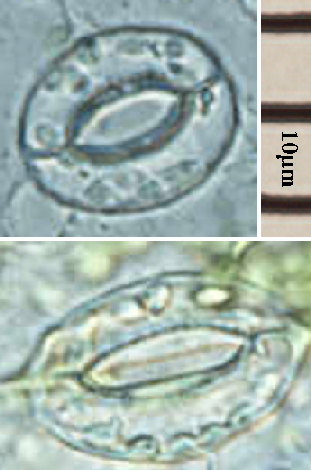Adaptations
As you can see, Vaccinium corymbosum has a lot of other organisms that it has to deal with in order to survive. Luckily, evolution has provided the highbush blueberry with a set of adaptations that allow it to be successful despite all of the other organisms that harm it.
One adaptation of Vaccinium corymbosum is that it produces fruit and seeds with true embryos. The fruit offers protection for the seeds, increasing the likelihood that it will survive to become a mature plant. The true embryo acts as a food source that helps the seed sustain itself before photosynthesis begins. This also increases the likelihood of survival.
Another adaptation that highbush blueberry has developed is a symbiotic relationship with endomycorrhizal fungi. Since Vaccinium corymbosum naturally has no root hairs, it needs the fungi to increase the surface area for absorption for the root.

The highbush blueberry, along with many other plants, has developed ways to prevent desiccation (drying out). The outer layer of the leaves are made up of a waxy cuticle. This waxy cuticle helps to keep water inside the leaves. Vaccinium corymbosum have also developed stomata, or pores, that open and close to keep water inside the leaves while still enabling gas exchange.
Vaccinium corymbosum have developed a sensory system that allows them to sense sunlight. These sensors are called photoreceptors. By detecting how long the days are, blueberries can 'know' when it is winter and when it is time to start producing fruit. This is crucial because an early bloom could potentially kill plant if there is an early frost.
Clearly, Vaccinium corymbosum is a highly adapted organism. This is one reason why blueberries will always be a sustainable food source. Another reason why they will always be sustainable is because humans have put a high value on them, and are constantly finding new ways to help the blueberry survive. People put up bird nets around their cultivars, spray the plants with pesticides, and prepare the ground with the best fertilizer. With or without or help, Vaccinium corymbosum is here to stay.
Want to learn a few interesting facts about highbush blueberries? Then go to my Interesting Facts page!
